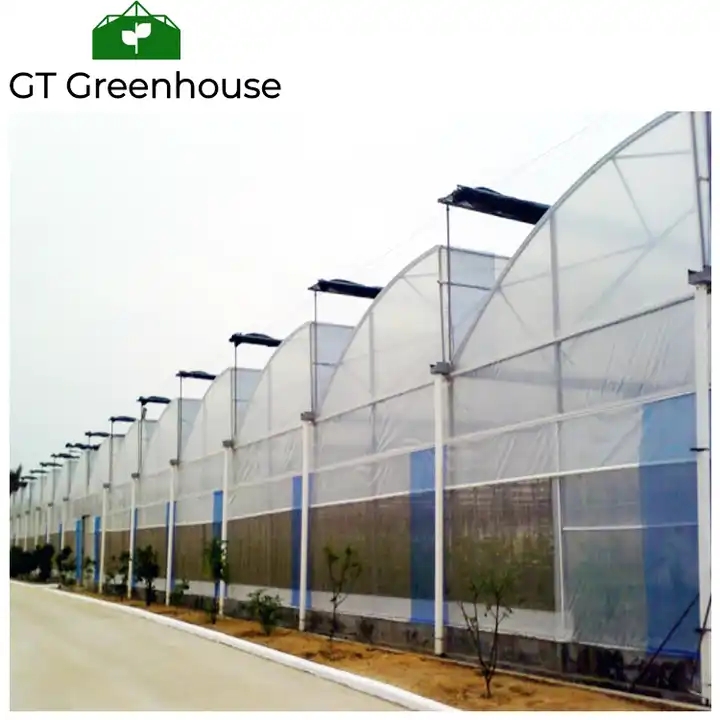Greenhouse Management: Top 8 Tips for Successful Cultivation
Greenhouses are excellent tools for gardeners and farmers to extend their growing season, protect delicate plants from harsh weather conditions, and create optimal environments for various crops. However, successful greenhouse management requires careful planning and attention to detail. Whether you’re a seasoned gardener or just starting out with greenhouse cultivation, here are eight essential tips to help you achieve flourishing plants and bountiful harvests.
1. Design an Efficient Layout:
Before setting up your greenhouse, carefully plan the layout to maximize space utilization. Consider factors such as plant height, access pathways, and ventilation requirements. Organizing your plants efficiently will facilitate maintenance tasks like watering, pruning, and harvesting.
2. Establish Proper Ventilation:
Ventilation is crucial to maintain optimal temperature and humidity levels inside the greenhouse. Install vents or fans that can be opened or adjusted as needed to allow fresh air circulation while preventing excessive heat buildup during warmer months.
3. Control Temperature & Humidity:
Maintaining a suitable temperature range is vital for healthy plant growth in a greenhouse environment. Invest in a thermometer that monitors both daytime highs and nighttime lows so you can adjust heating or cooling systems accordingly. Additionally, using misting systems or humidifiers can help regulate humidity levels inside the structure.
4. Monitor Light Exposure:
Light plays an essential role in photosynthesis; thus, it’s crucial to monitor light exposure levels within your greenhouse setup carefully. Position shade cloths strategically during hot summer days to prevent scorching of delicate crops while maximizing light diffusion for even distribution across all plants.
5. Automate Irrigation Systems:
Consistent watering is key for successful crop cultivation in greenhouses but can be time-consuming when done manually—especially if you have many plants! Invest in automated irrigation systems with timers or moisture sensors that ensure regular watering without over- or under-watering your crops.
6. Implement Integrated Pest Management (IPM):
Pests can pose a significant threat to greenhouse crops. Adopt an Integrated Pest Management approach that combines cultural, mechanical, and biological control methods to minimize the use of chemical pesticides. Regularly inspect your plants for signs of infestation and employ appropriate strategies accordingly.
7. Focus on Soil Health:
Maintaining healthy soil is fundamental for thriving greenhouse plants. Regularly test the soil’s pH levels and nutrient content to ensure proper fertilization. Consider using organic fertilizers or compost to enhance soil structure, promote microbial activity, and provide essential nutrients.
8. Practice Crop Rotation:
To prevent diseases and nutrient depletion in your greenhouse crops, practice crop rotation by changing the plant species in different areas periodically. This technique reduces disease buildup in the soil while optimizing nutrient utilization throughout the growing season.
In conclusion, successful greenhouse management requires careful planning and consistent attention to various factors such as layout design, ventilation, temperature regulation, light exposure monitoring, irrigation systems automation, pest control measures, soil health maintenance, and crop rotation practices. By implementing these top eight tips into your greenhouse setup and cultivation routine, you’ll be well on your way to achieving prosperous harvests year-round!


Leave a comment